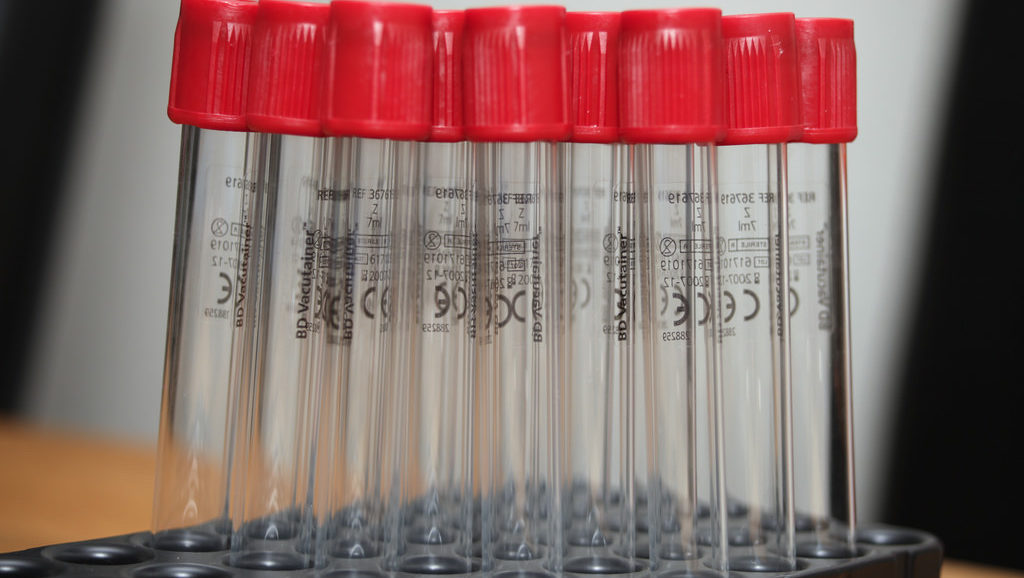There's no denying that chemotherapy can be brutal. Mounting a successful attack on tumor cells often means that healthy cells are also killed -- a kind of collateral damage that is responsible for the nausea, fatigue and hair loss associated with conventional cancer treatments. But because it's often not possible to tell whether the treatment is working until weeks or months have passed, doctors usually err on the side of caution to ensure that all cancer cells are eliminated.
Now oncologists Ash Alizadeh, MD, PhD, and Maximilian Diehn, MD, PhD, together with instructor David Kurtz, MD, PhD, and postdoctoral scholar Florian Scherer, MD, have explored ways to use changes in circulating tumor DNA, or ctDNA, levels, to learn within a few days which cancer patients are responding well to treatment and which might need more aggressive therapy.
I've written here before about ctDNA analysis, sometimes referred to as a "liquid biopsy." Alizadeh and Diehn have shown that it's possible to predict recurrence in lung cancer patients or to trace the origins of lymphoma by tracking and analyzing these tiny particles of tumor DNA that circulate in the blood of cancer patients. They published the results of their newest study on people with a kind of blood cancer called diffuse large B cell lymphoma yesterday in the Journal of Clinical Oncology.
From our release:
[The researchers] found that ctDNA was detectable prior to the initiation of therapy in 98 percent of the people studied. And, as would be expected, the amount of ctDNA in the blood dropped in all patients once treatment began. But the precipitousness of the decline varied. Those people whose ctDNA levels dropped a hundredfold after the first round or three-hundredfold by the second round were much more likely to live 24 months or more without experiencing a recurrence of their disease than those whose ctDNA levels declined more slowly.
The researchers hope that pinpointing patients who are responding positively could help doctors better personalize their patients' treatments. Conversely, those who respond more slowly may need a more aggressive or creative approach.
As Kurtz explained:
Every year, about 30,000 people in the United States are diagnosed with diffuse large B cell lymphoma and, for the most part, they're treated with six cycles of combination therapy. But we know that not all patients need six cycles. A large fraction could be cured with fewer cycles -- maybe even just two. If we can identify those people who are responding extremely well, we could spare them additional treatments. Conversely, we could intensify the therapy or seek other options for those who are not responding as well as we would have hoped.
Photo by Håkan Dahlström




